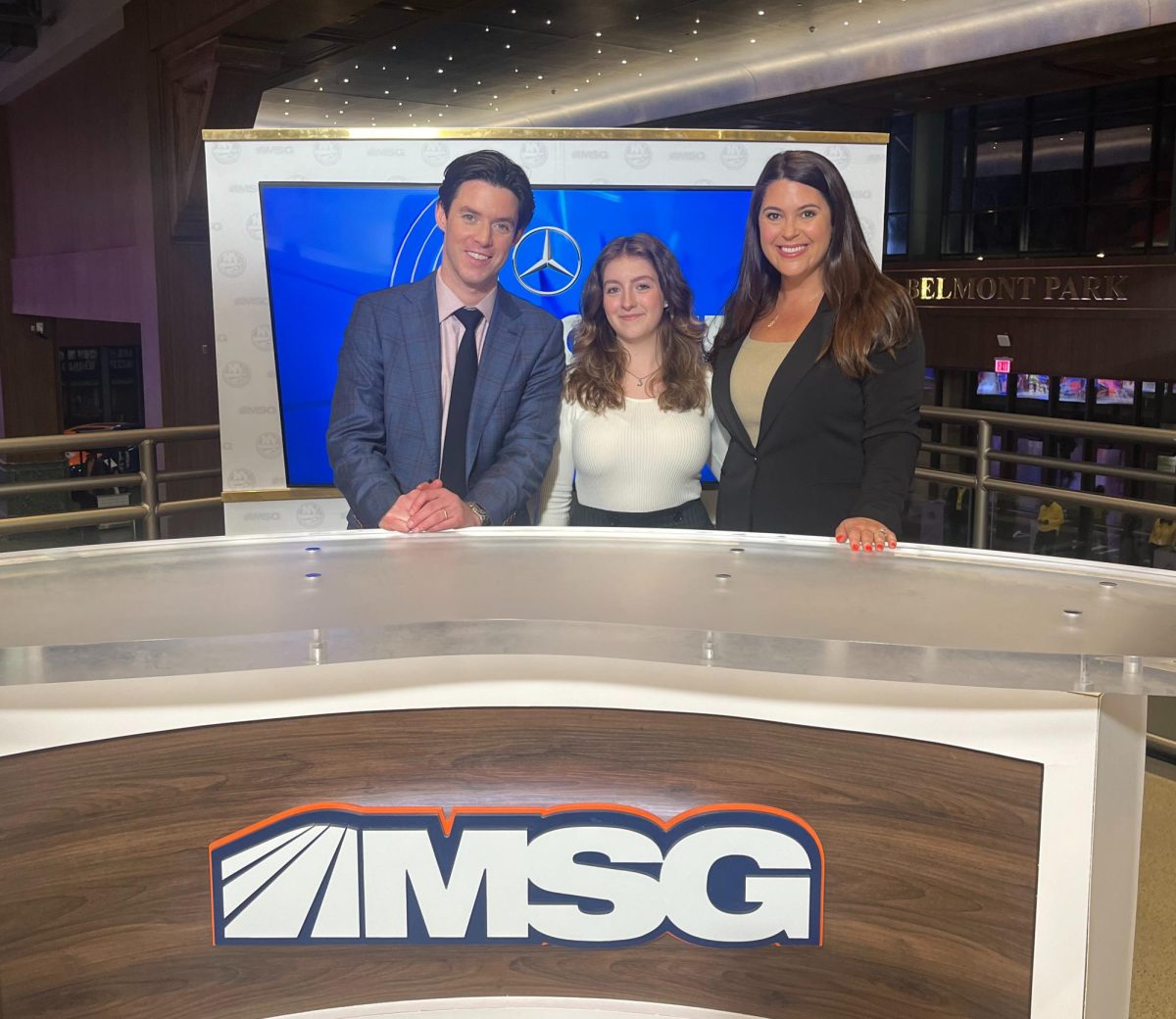Arnold’s Chiari Malformation Has Gained Awareness
October 7, 2016
What used to be considered a rare neurological disorder has gained attention, research, and increased diagnosis over the past decade. September was Arnold’s Chiari Malformation awareness month. This month was dedicated to spreading the facts about this neurological disorder, raising money for continued research, and encouraging support for those suffering with this condition. There was even a walk dedicated to raising awareness. Since there is an increase in diagnosed cases, it is important to know the facts about this condition. Many people have never heard of this condition and awareness is key to spreading understanding and encouraging more extensive research.
The Unites States estimates anywhere from 200,000-500,000 cases per year. The condition requires a medical diagnosis, through examination and imaging by a neurologist. It can be chronic, with symptoms lasting for years or symptoms can even be lifelong. The condition is more common in women than in men.
The condition is actually a structural defect in the cerebellum. When part of the cerebellum is located under the foramen magnum, which is a funnel-like opening to the spinal canal, this is considered Chiari Malformation. This conditions disrupts the flow of cerebrospinal fluid. There are four different types of this condition, ranging in severity, and symptoms may be present or a person can be what is considered asymptomatic.
There are different causes for this condition, but two common causes include the structural defect forming during fetal development or significant loss of spinal fluid after an injury, infection, or being exposed to a harmful substance.
The symptoms of this condition vary greatly, but it important to note that some people can be asymptomatic and remain that way for many years or even for their lifetime. The most common symptom associated with this condition is frequent headaches, made more intense and frequent by coughing or straining. Other symptoms include neck pain, balance problems, muscle weakness, numbness in limbs, dizziness, vision problems, difficulty swallowing, ringing in ears, vomiting, insomnia, depression, and even breathing problems in infants/young children. Other conditions can be associated with this condition or it can exist alone in many individuals. If symptoms are present some treatment options include medication to control pain and/or surgery to correct ongoing interferences or stall the progression of damage to the central nervous system. It is important to note that often more than one surgery is needed and even after alleviating symptoms for a period of time, surgery could be necessary again.
There is ongoing research through the Federal government through the National Institute of Neurological Disorders and Stroke. Recent research is focusing on exploring genetic factors associated with this condition.
There are available support groups for those suffering with Arnold’s Chiari Malformation. One group can be found on Facebook and is called Conquer Chiari’s Facebook. This is a safe place to chat with others that have this diagnosis. Seeking out others with the same condition, whether asymptomatic and afraid of symptoms arising or presently suffering from symptoms, can be extremely beneficial because it is important to be able to vent to others who actually live with it. Groups, like this one, can also be a great place to share information, names of doctors, treatment that has helped, activities to avoid, and just feel supported!
I unfortunately have this condition. It can be very serious depending on the type that you have. When I was younger I used to stop breathing randomly and turn blue in the face. I would also just choke for no reason. I would walk crooked and scream in pain if touched by others, especially if I had a cough or had somehow caused a strain. My mother, being a special education teacher, knew there was something going on with me and felt it was neurological. My pediatrician could not figure out what was wrong with me.
My mom decided she was not satisfied with the various reasons they were giving for my symptoms and she took me to a neurologist. As soon as my mom described what was happening, the neurologist knew right away what was wrong, but needed to confirm it through MRI imaging. I was officially diagnosed at 2 ½ years old, which at that time was not common. Arnold’s Chiari Malformation has made it necessary for me to have some restrictions in my life such as not participating or modified participation in some sports, not engaging in gymnastics, especially tumblesaults and flips, extending my neck back too far, and some workouts that could cause discomfort such as sit ups or weight lifting. Even though I am careful, I still enjoy life to the fullest! I was able to be a cheerleader in eighth grade with accommodations, I have been in dance school since age 3 and my teachers have always made it possible for me to perform, and I enjoy amusement parks while just avoiding rides that could cause my neck to jolt back. I am confident that I will continue to lead a fun life.




















